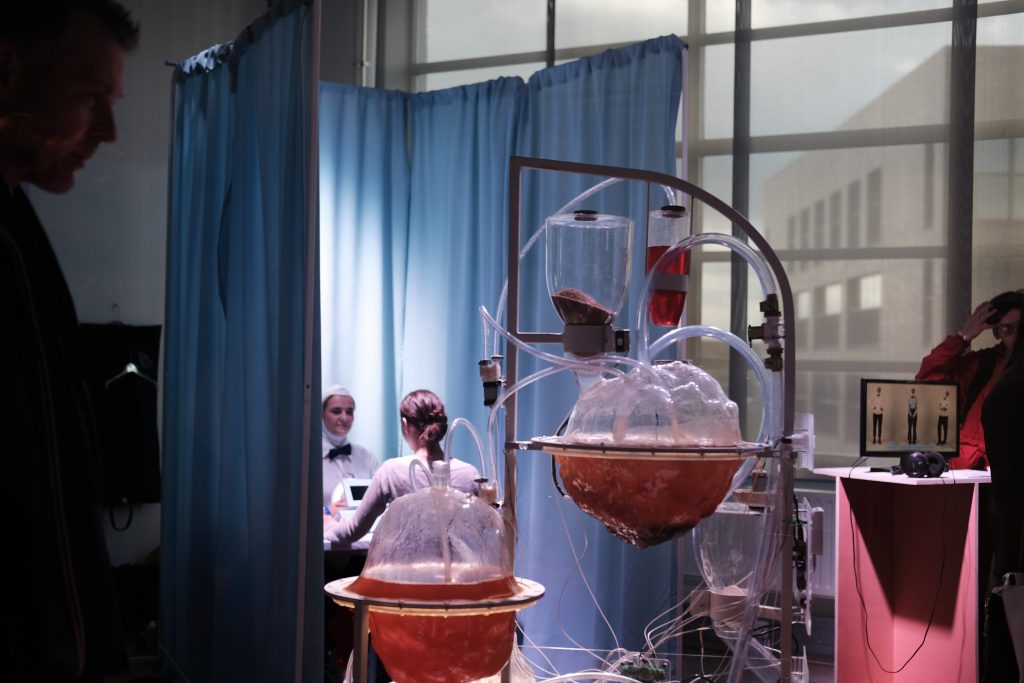
Women are greatly underrepresented in STEM fields. Forbes found that there has hardly been any growth in women joining the field since 2000. On their recently released top 100 innovators and creators list, there is only one woman. This needs to change, and it needs to change now.
Generally, men are seen as the default, which perpetuates harmful gender stereotypes for both men and women. A woman is hardly ever named just a chemist but is usually referred to as a female chemist. This gender marking makes it difficult for women to enter a male-dominated field and makes recruitment for male-dominated jobs harder to do. Women are compared to men, and called, for example, the female Albert Einstein.
To solve this, we need to show young girls and women that men are not the standard to base their achievements off of. Also, adopting gender-neutral terms in everyday life, like just simply chemist or mail carrier instead of mailman, will show that men are not the standard, and will enable women to see that they can, in fact, join male-dominated fields like STEM.
People also like to say that young girls and women aren’t interested in STEM jobs, and that is simply not true. In the K-12 education system, young girls are often overshadowed and forgotten when it comes to these types of subjects. But if necessary steps are taken to change that, schools could play a crucial step in leading more young girls and women into STEM fields.
One solution to this is mentioned in the video “Closing the Gender Gap in STEM Education,” made in part by the Teaching Channel. The video shows a school that has created separate STEM classes for boys and girls in seventh and eighth grade and then joins the classes together starting with ninth grade. This lets students who were intimidated at first get their foot in the door for STEM-related subjects.
Additionally, it is vital for more women to be seen in STEM fields because young girls need role models to look up to. Young girls look up to Serena Williams crushing it in the tennis world, and we need that same thing in the STEM fields. Women in these fields should come and talk to female students at schools, and job shadowing should be made readily available. There are many books devoted to women in science, such as “Women in Science: 50 Fearless Pioneers Who Changed the World” by Rachel Ignotofsky, as well as movies like “Hidden Figures.”
Certain programs have also been designed to encourage young girls to join STEM fields. Programs like StemPower Inc., Girl Geek Academy, and Million Women Mentors, give young girls the resources they need to explore these fields.
Along with programs, there are many camps at colleges that are specifically for female students to participate in. CURIE Academy and G.R.A.D.E Camp are just a few of the programs that help young women interact with all things science, technology, engineering, and math-related.
Incentives like scholarships could be used as well. Many scholarships are available specifically to women who wish to pursue a career in a STEM-related field, including the Virginia Heinlein Memorial Scholarship, the Aysen Tunca Memorial Scholarship and the National Society of Black Engineers Scholarships. More scholarships can be found here.
Parents are intertwined in this gender divide too. If a parent gives a microscope to their son and dolls to their daughter, it sends a certain message even if not done purposefully. Parents should try to notice what their children are interested in, and go from there. If your child likes to build with Legos or draw buildings, they might be interested in an engineering career. Discouraging young girls from participating in certain activities that might seem boyish could keep them from reaching their full potential and help perpetuate male dominance in STEM fields.
Most of the solutions I’ve mentioned require hardly any huge changes or large amounts of money, but they could make all the difference. Young girls belong in STEM fields, they just need to be given a fair chance. In the near future, Forbes’s top 100 innovators and creators list could include 50 men and 50 women or even 100 women.
